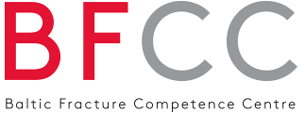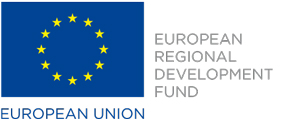

News
Infection management with CERAMENT™ antibiotic portfolio

An implant-related infection is one of the most challenging complications in orthopedic and trauma surgery, since it often leads to multiple revisions as well as extensive systemic antibiotic treatment with potentially serious side effects and bacterial resistance.
An effective way to reduce the risk of infection is to combine a bone graft substitute with an antibiotic. In this way, bone healing is protected by the local elution of the antibiotic from the resorbable bone graft substitute. There are two injectable CE-marked bone graft substitutes combined with antibiotics on the market today - one is CERAMENT™|G with gentamicin and the other CERAMENT™|V with vancomycin (both from BFCC project partner BONESUPPORT AB, Lund, Sweden). Both products elute a high local concentration of the antibiotic and retain a high antibiotic level above the minimal inhibiting concentration to effectively prevent infection. Thanks to the good injectability and flowability of both products, complete dead space management can be achieved. CERAMENT™ remodels into bone within six to twelve months.
In the BFCC project, the Lithuanian University will investigate the release of vancomycin from CERAMENT™|V in a clinical study on ten trochanteric fractures. The results will increase the knowledge on the in-vivo release of vancomycin and on the clinical outcome of the patients.
Learn more about the characteristics of the CERAMENT™-products from BONESUPPORT AB.


